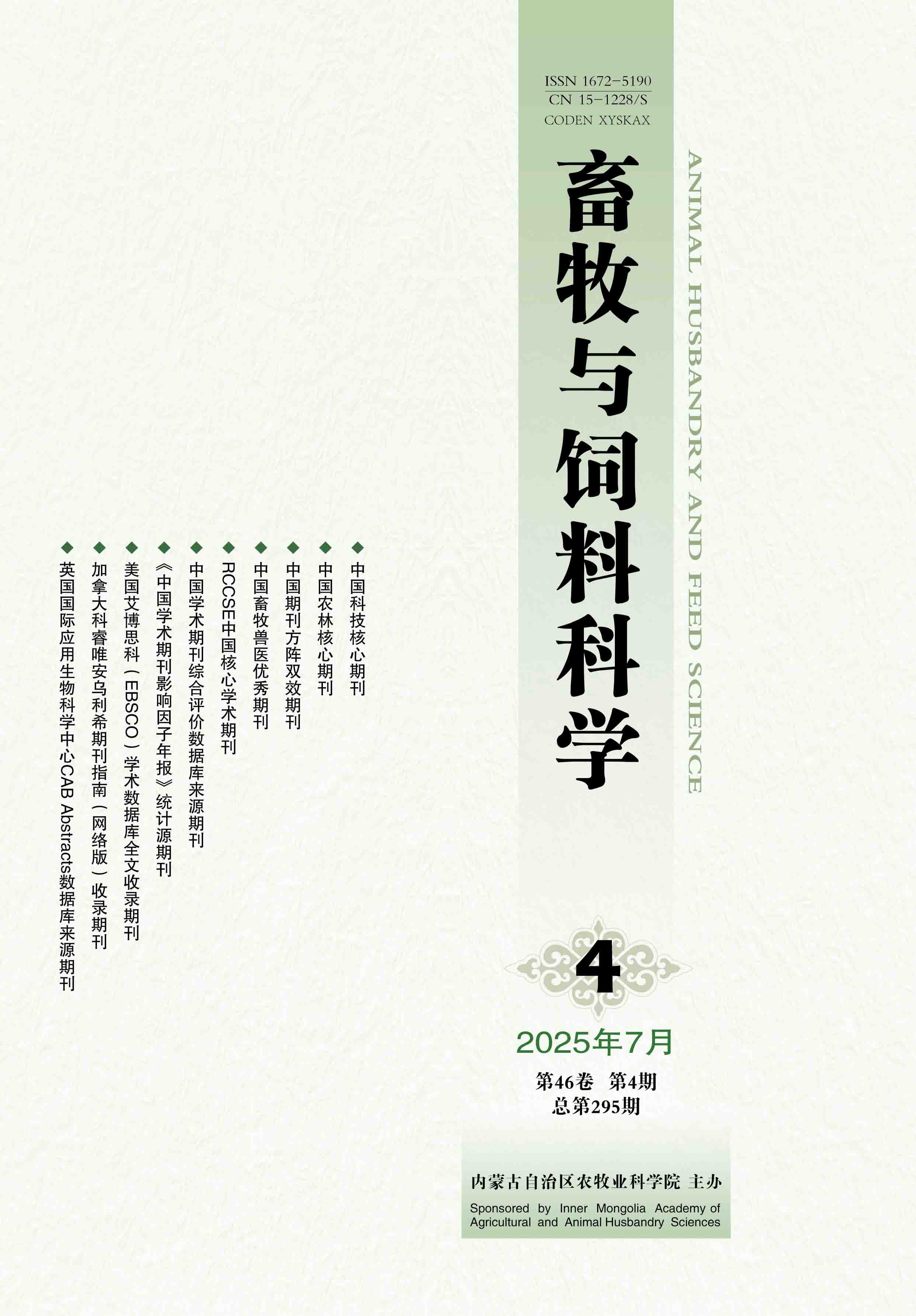[Objective] The purposes of this study were to assess the effects of different anthelmintics on apparent nutrient digestibility in Yili horses and to provide a reference for the scientific use of anthelmintics in equine farming. [Method] A total of 40 1-year-old Yili horses with similar average weight were randomly divided into 5 groups (a control group and experimental groupsⅠto Ⅳ) with 8 horses (half males and half females) in each group. All of the experimental horses were reared under the same feeding management condition and dietary nutrition level. The control group were not dewormed, the experimental groupsⅠto Ⅳ were dewormed with ivermectin emulsion 0.1 mL/(kg·BW), praziquantel tablets 0.01 g/(kg·BW), albendazole tablets 0.025 g/(kg·BW), and ivermectin 10 mg/(kg·BW) + albendazole 350 mg/(kg·BW), respectively. A 20-day digestive and metabolic test composed of a 15-day pre-test and a 5-day formal test was conducted after deworming. Samples were collected using the whole fecal collection method during the formal test to determine or calculate the digestive and metabolic indexes of nutrients. [Result] The intake and output of dry matter (DM), organic matter (OM), crude protein (CP), general energy (GE), neutral detergent fiber (NDF), acidic detergent fiber (ADF) and phosphorus (P) in experimental group Ⅳ were higher than those in the other four groups (P>0.05). Compared with the control group, the digestibility of DM, OM, GE, NDF, ADF, Ca and P in experimental groups Ⅱ and Ⅲ were increased (P>0.05) in a certain extent. In comparison to the control group, the apparent digestibility of DM, OM, CP, GE, NDF, ADF, Ca and P in experimental group Ⅱ was increased by 1.91%, 1.87%, 1.42%, 2.27%, 3.05%, 2.13%, 13.68% and 2.06% (P>0.05), respectively, and that of DM, OM, GE, NDF, ADF, Ca and P in experimental group Ⅲ was elevated by 2.45%, 2.83%, 2.26%, 2.10%, 1.20%, 20.24% and 6.55% (P>0.05), respectively. The apparent digestibility of nutrients in experimental group Ⅳ was lower than that in control group (P>0.05), with the exception of Ca, whose apparent digestibility was higher than that of control group (P>0.05). [Conclusion] Under the experimental conditions, deworming with praziquantel tablets or albendazole tablets alone favourably affected the apparent nutrient digestibility in 1-year-old Yili horses.








